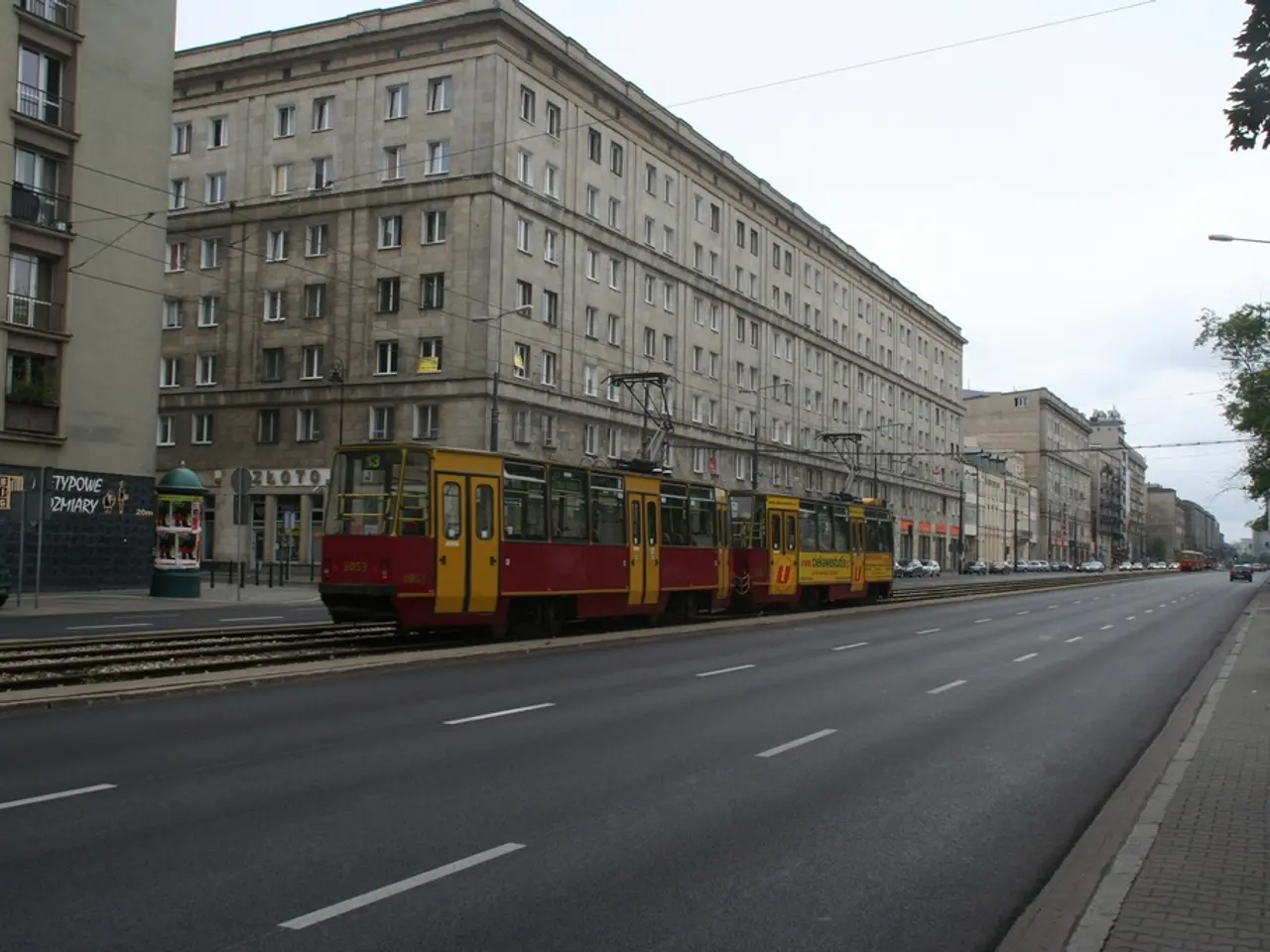A Widening Gap in Russia's Housing Market: Risks for Homebuyers and Mortgage Holders
Visual Gap in Real Estate Market: New Buildings Cost Nearly Double Secondary Ones, banks admit
In Russia, a substantial disparity between the average prices of new buildings and the secondary market has emerged, with potential implications for homebuyers and mortgage holders.
Preferential Mortgage Programs and Market Dynamics
New constructions often enjoy the advantage of preferential mortgage rates, making them more attractive to buyers. However, these programs are limited in availability, particularly in major cities like Moscow and St. Petersburg, where the demand for housing is high.
The cost of new housing is generally higher than renovated apartments by about 19% on average. This discrepancy is partly due to the difference in market conditions, including the availability of loans and demand for housing types.
Price Growth and Stabilization
The primary market is experiencing price growth, with forecasts suggesting an increase of 5.5% to 8% by the end of the year. This growth is influenced by factors such as stabilization in construction material costs and wage dynamics.
Potential Risks for Homebuyers and Mortgage Holders
For Homebuyers:
The high prices of new housing may expose buyers to the risk of overvaluation, potentially leading to financial losses if the market declines. Changes in market conditions can also affect the value of new housing, making it risky for buyers who may not be able to sell their properties quickly or at a favorable price.
For Mortgage Holders:
Higher prices for new housing mean larger mortgage loans, which can increase the debt burden on buyers, especially if interest rates rise. If the market declines or interest rates increase, mortgage holders might struggle to make payments, leading to a higher risk of default.
General Risks:
The cost difference between new and secondary housing could lead buyers to shift towards the secondary market, potentially destabilizing the construction sector by reducing demand for new housing. A significant drop in demand for new constructions could impact the construction industry, leading to job losses and economic instability.
In 2020, CB Chair Elvira Nabiullina described the difference as a "shouting imbalance." Over three years, the gap between new building and secondary market prices has increased from 10% to 40%. The largest price gap was recorded in Central Russia, with an 80% difference, while the smallest was in the North Caucasus and the Far East, with gaps of 12% and 16% respectively.
The family mortgage program, initiated by President Vladimir Putin in 2018, is currently the main driver of the housing market. However, as the gap between new building and secondary market prices widens, it is crucial for buyers and mortgage holders to consider the potential risks and make informed decisions.
[1] Ekaterina Shchurikhina, director of bank ratings at Expert RA, has noted active growth in prices on the primary market since 2020, driven by artificial demand. [2] The average price per square meter in new buildings across Russia was 205,000 rubles in the second quarter of 2025. The Central Bank of Russia has expressed concerns about the significant difference in the cost of apartments on the primary and secondary markets, posing risks for Russians, particularly those who have taken out mortgages on new buildings.
- In light of the widening gap between new building and secondary market prices, individuals considering investing in real estate must be mindful of the potential risks associated with preferential mortgage programs.
- The rising debt burden on mortgage holders due to high prices for new housing could expose them to a higher risk of default if the market experiences a decline or if interest rates increase.
- The growing disparity in housing prices might potentially lead to a shift in buyers' preferences from new constructions to the secondary market, which could destabilize the construction sector and impact the broader economy.




